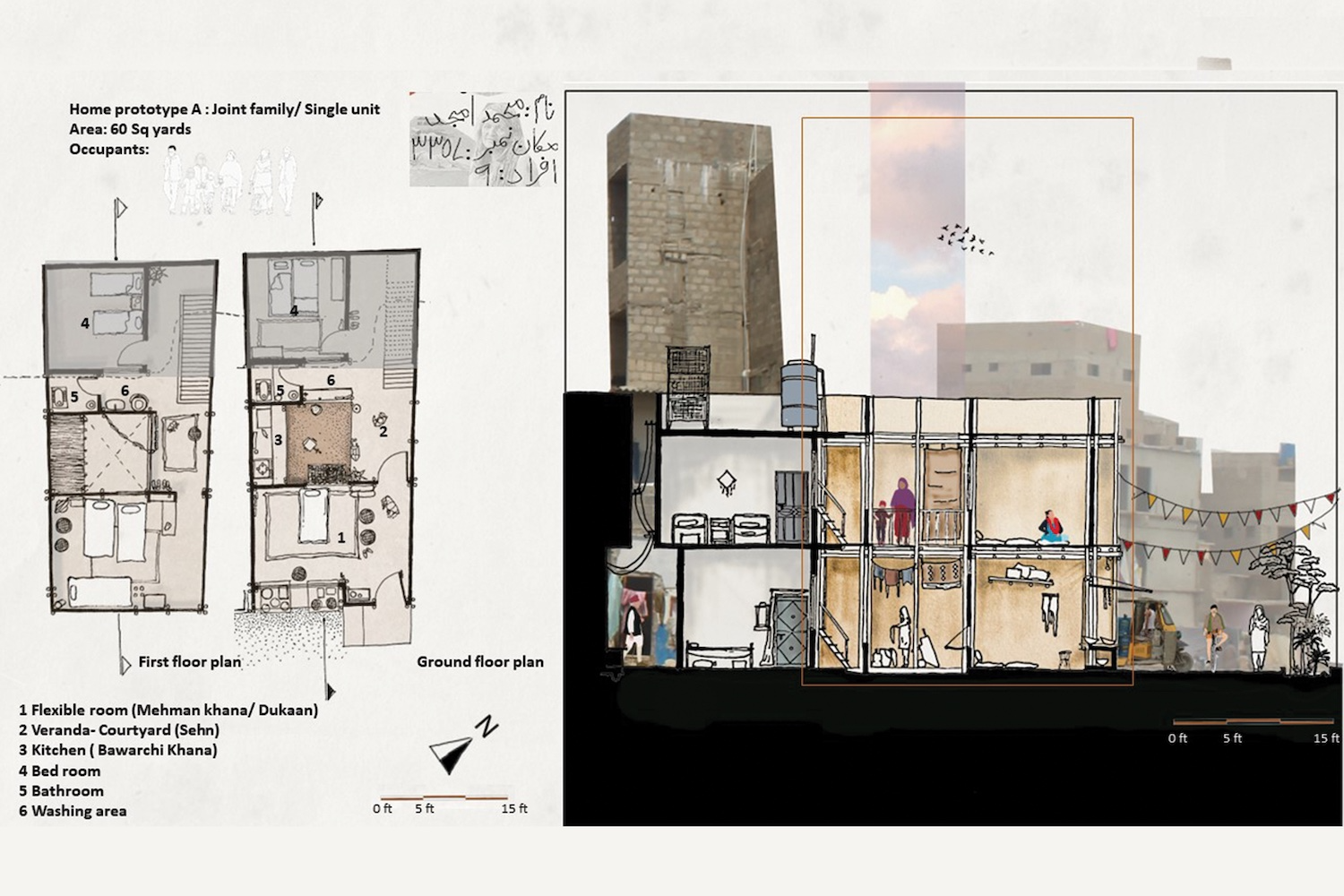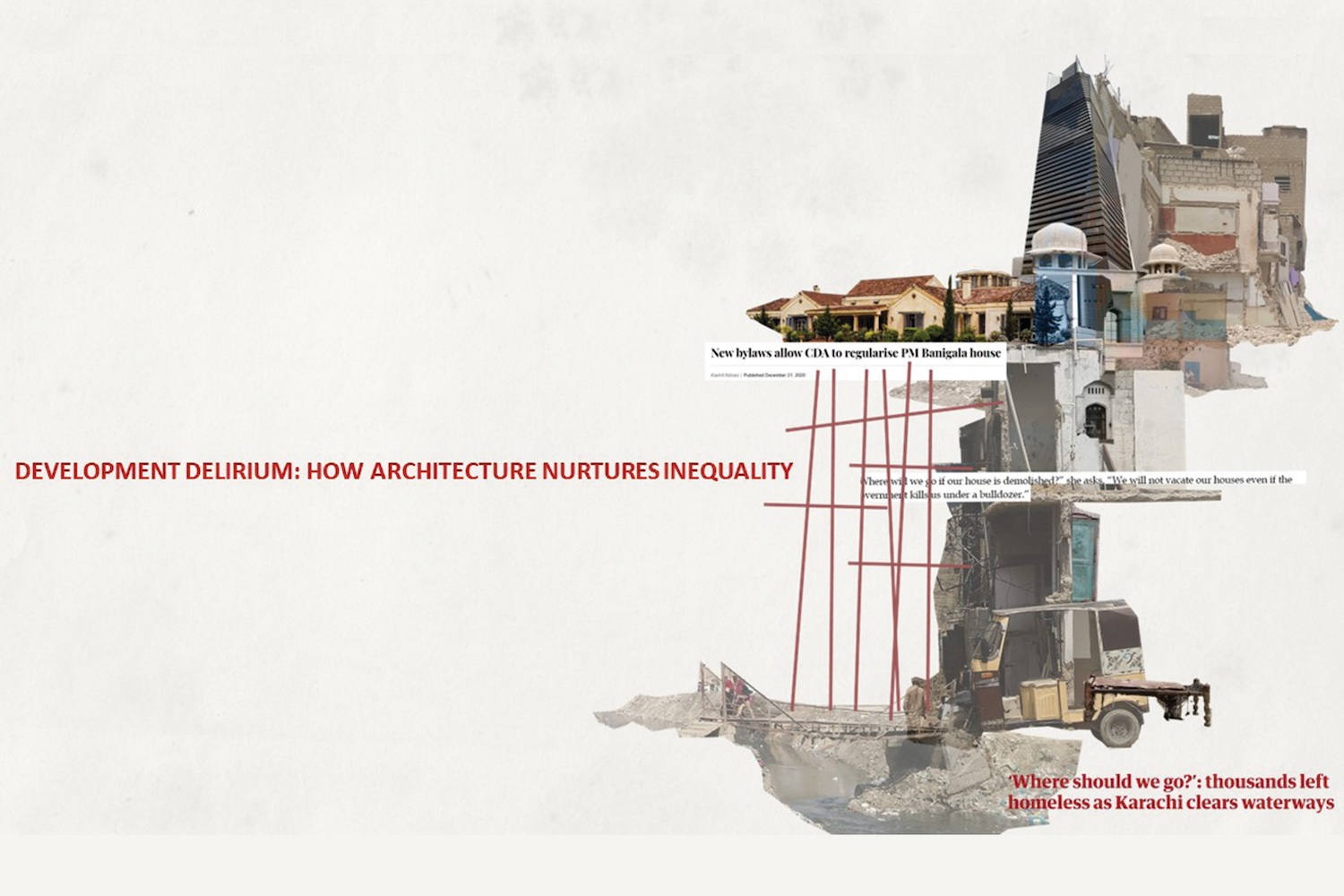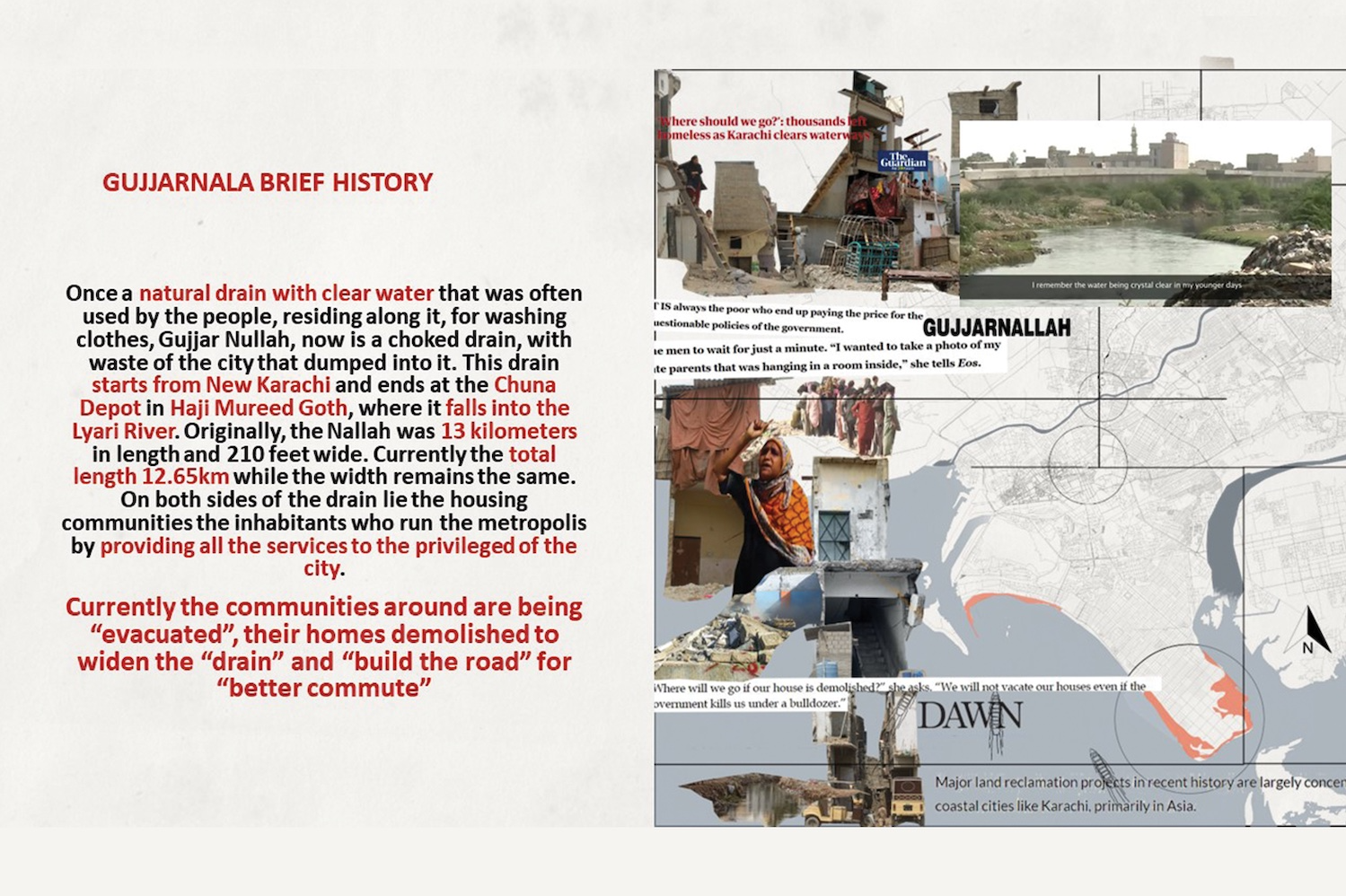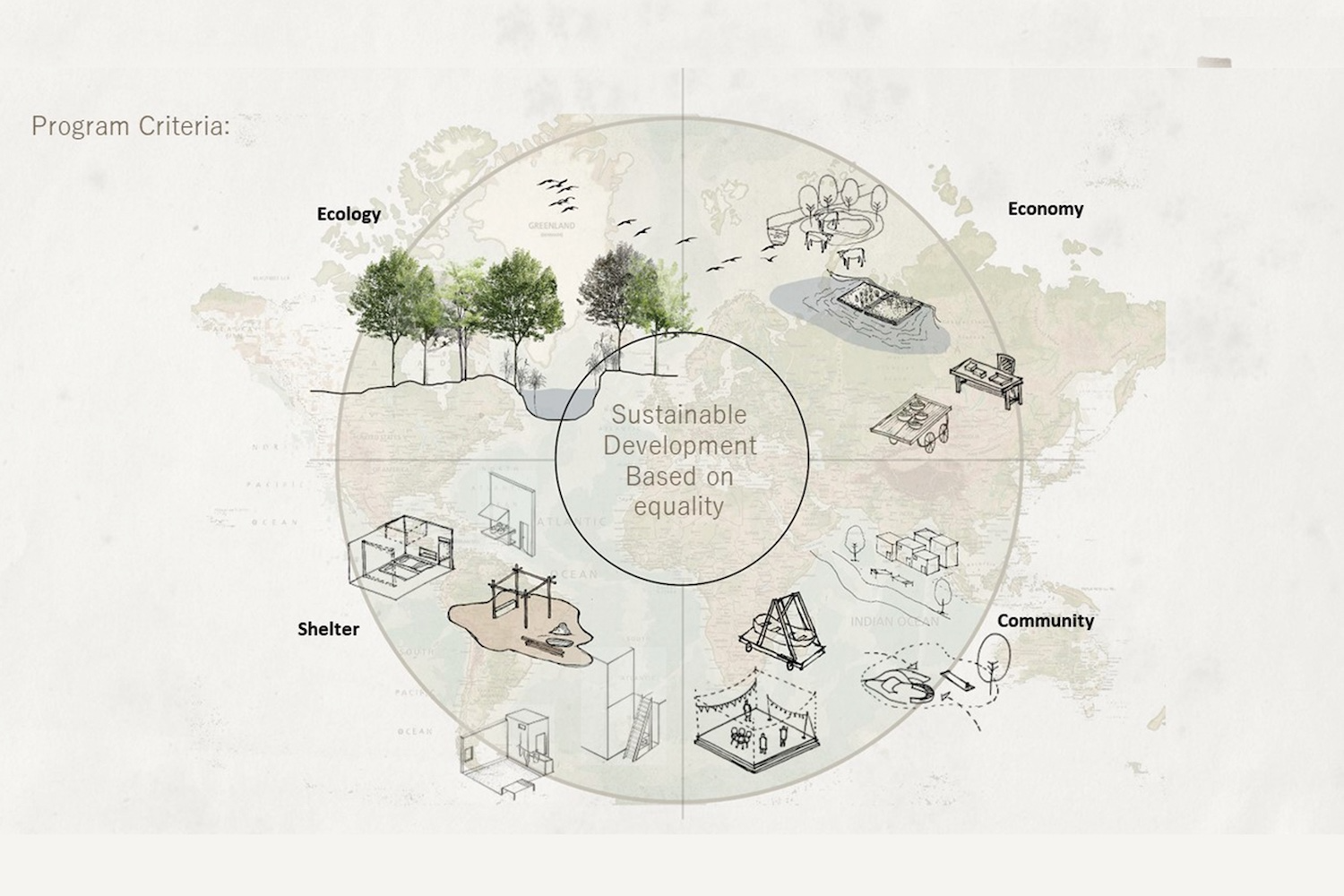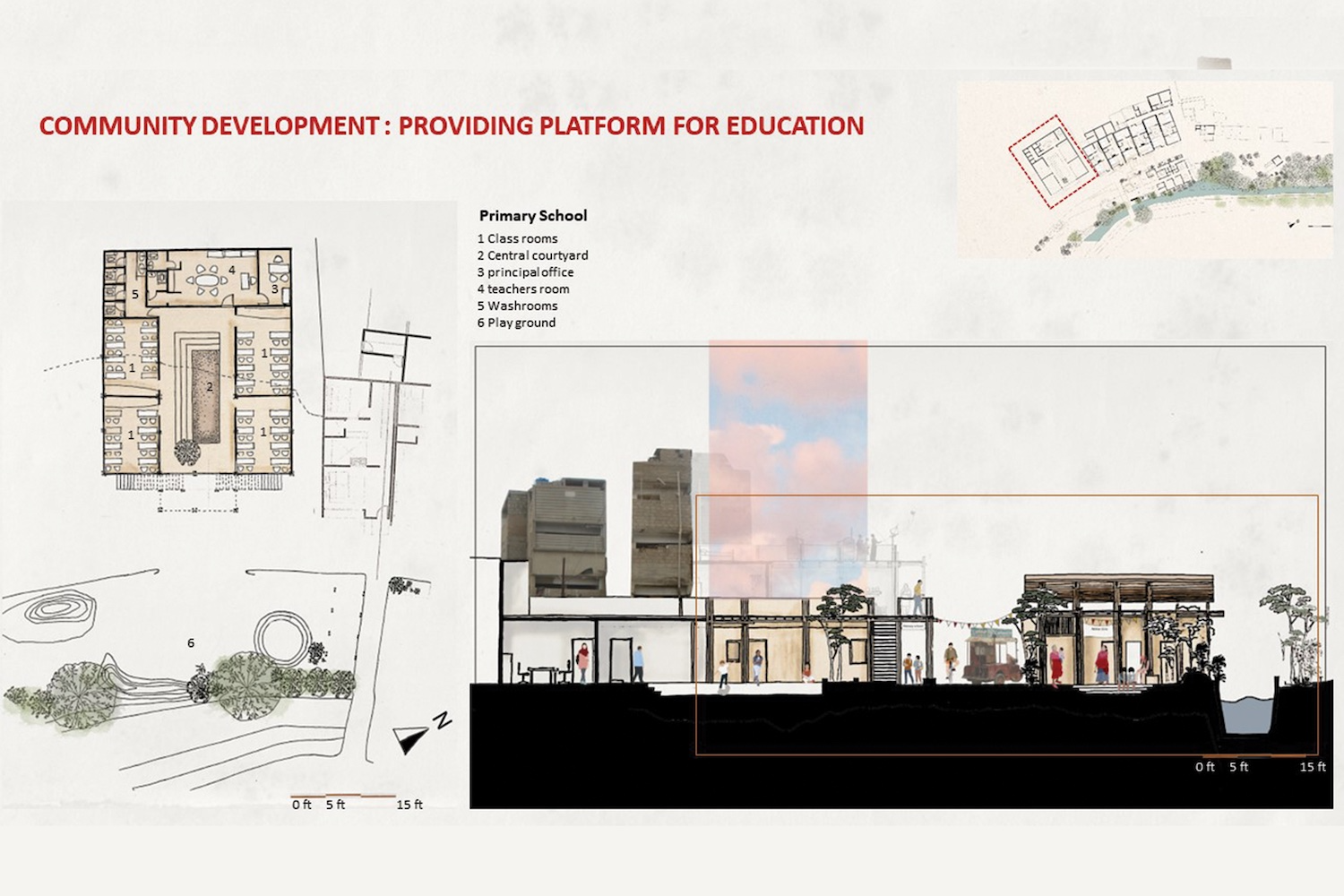Nafeel Qureshi
Architecture BArch
University of Karachi
Specialisms: Architecture / Design Research / Design and Technology
Location: Karachi, Pakistan
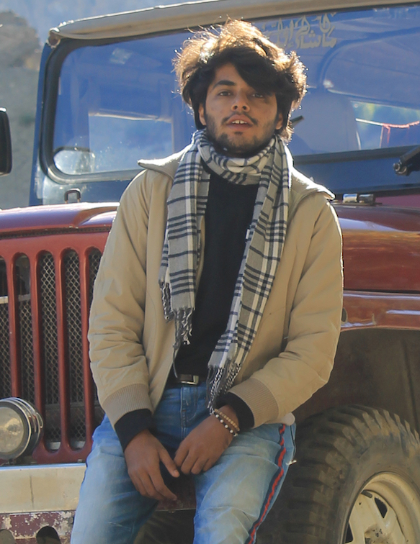

Nafeel Qureshi

First Name: Nafeel
Last Name: Qureshi
Specialisms: Architecture / Design Research / Design and Technology
Sectors: Product / Architecture / Interiors / Product / Architecture / Interiors / Product / Architecture / Interiors
My Location: Karachi, Pakistan
University / College: University of Karachi
Course / Program Title: Architecture BArch
About
That sense of exploration lead me to graduate high school with a major in science. As my early childhood life had high influenced my way of thinking of utopian possibilities, I transferred to architecture school to enquire about my ideas of the world that I imagine. I got to know the field of architecture as a tool to experiment and explore beyond restricted boundaries.
That experience of studying in a diverse environment where people from different cultural backgrounds allowed me to grasp the current paradigm of society from a broader perspective.
Thinking in such a way improved my abilities to experiment with architecture with nature. I started to make resolutions to find out possible ways that benefit everyone through design and started working with the aim that how my existence can help people to make a better future for everyone to share. With such pledges, I have started search where I can find the meaning of life and of my existence. So far it is a great investigation, let's see where it takes me to.
Development Delirium: How architecture nurtures inequality
With more than 55% of the world's population living in cities, cities need to equip themselves to cater to the needs of all their inhabitants. But that is not the case. Limited resources, drastic climatic conditions, poor management, and economic limitations result in the underprivileged suffering more. Architecture does not solely work as a way to provide space but it also works as a social mediator. As half of the metropolis citizen lives in informal settlements, it is fundamental to explore design by means of bilateral negotiations and architecture which fulfill citizens’ needs. In order to explore means to mitigate the situation, research is conducted via informal discussions with the residents, urban planners, and surveys. Retrofit Housing typology is explored based on residents’ needs and encourages communities to rebuild their homes while utilizing their expertise to improve community engagement through design. Using cost-effective techniques, housing units can be rebuilt with help from individual members of the community to improve livability. Through an interface with the community, design guided by inhabitants' needs will allow them to improve their livelihood and develop the sensitivity of community engagement. The implication is that in a city with more than half of its population living in urban squatters, it is necessary to seek ways to provide sustainable, equitable design solutions. At the end of the day, every citizen matters.
